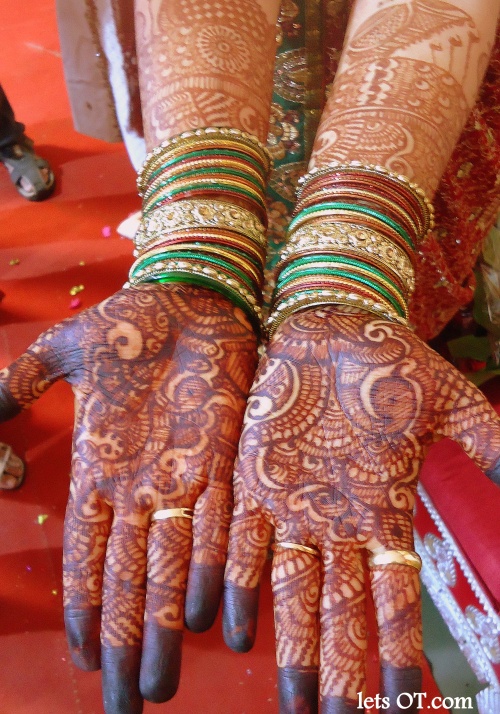Indian Occupations Captured : A tribute to Mrs Kamala Nimbkar.a
by let's OT
Somewhere in 1949, it was a common site in the corridors of K.E.M hospital ,Mumbai to see an American women wearing an Indian saree and a hospital coat, moving with odd looking things, strings & frames in her hands . The lady was none other than Mrs.Kamala Nimbkar.
A women of substance, she founded the first ever school of Occupational Therapy in India. At the age of 45 she went back to United states, & enrolled for Occupational Therapy course at Philadelphia School of Occupational Therapy.
Born on 5th Jan 1900, in her late 20’s she assisted The great Indian Freedom Fighter Syed Husain’s in his lecture tour in America. During the tour she once said, “if India could produce a man like Syed Husain, India would not be a backward country”.
She spent her early 30’s at Bapu’s ashram in Sabarmati. She headed the external medicine unit at the ashram for bandaging those injured in the freedom struggle.
Her courage and confidence were evident, when she use to write letters to Gandhiji against any custom in the ashram that she did not find relevant.
She was a direct descendent of Robert Morris – the Secretary of Treasury in George Washington’s cabinet. Mrs Nimbkar was a part of the Indian freedom struggle, she managed transporting letters to those who were underground during the British rule.
All India Occupational Therapists’ Association was started by Mrs. Kamala V.Nimbkar on 14th November, 1952 and was it’s President till mid 1959.
She also edited and published almost single-handed the Indian Journal of Occupational Therapy for the association and the first issue was brought out on January 1955.
She writes ‘ I suggest we look forward in a few years when some of our present students have matured in their work that they be given additional graduational training and then themselves assist in developing graduate training facilities in one or more teaching institutes’ in her research paper to The Indian Journal Of Pscychiatry’ (1958).
Madam, you are an inspiration for us……









It is good to know so much about her!!
I wish I could know why did she want OT in India? under what circumstances?
Me too.. its great to know her.. Thanks to her.. We are able to purpuse this great profession!!! Hats off to Ma’am!! Wish I could have meet her…